SUMMARY
This is AI generated summarization, which may have errors. For context, always refer to the full article.
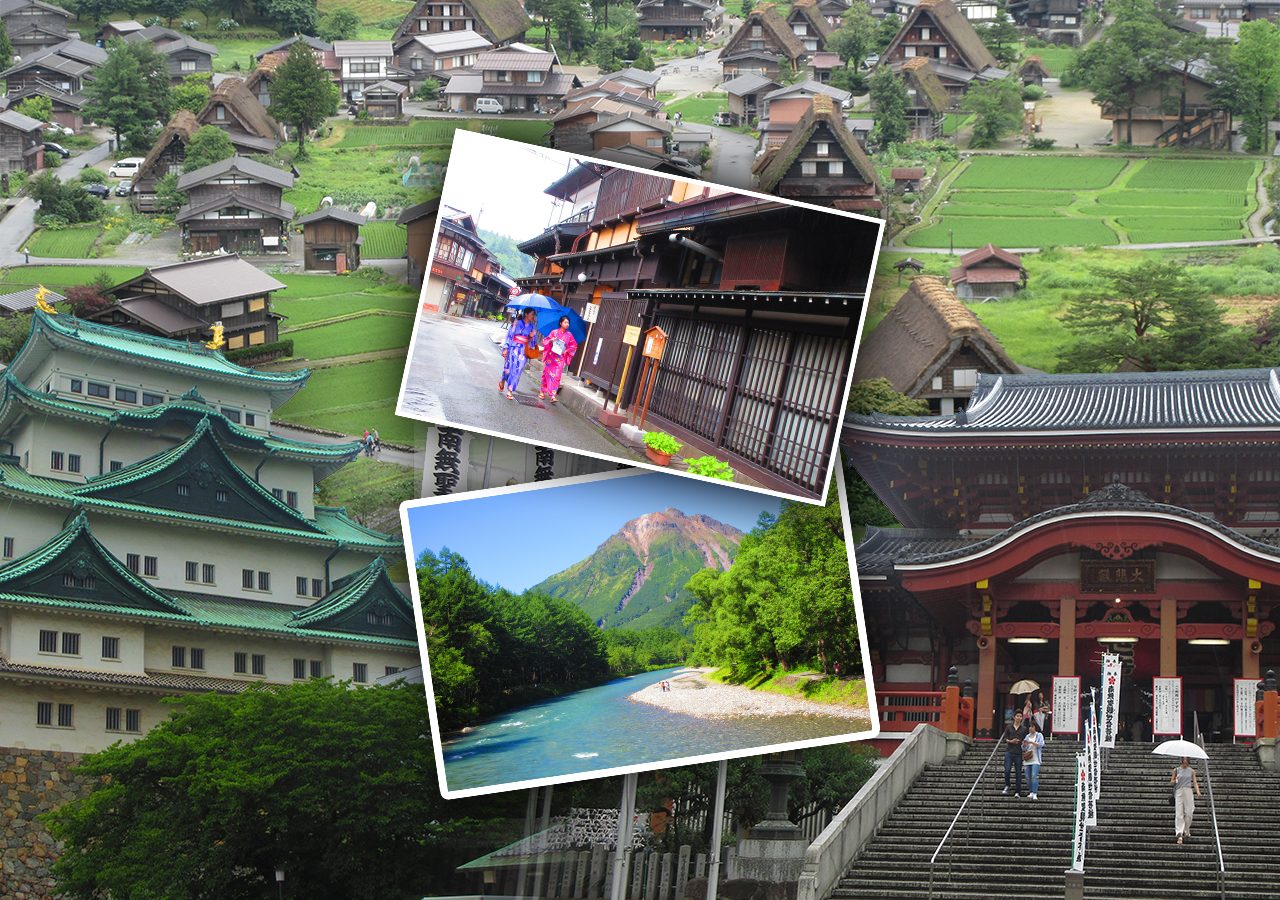
Nagoya, the capital of Aichi Prefecture, is Japan’s fourth most populated city. Air raids during World War II ravaged the city and its important historic buildings. Fast forward to today, Nagoya and the region is home to major Japanese manufacturing companies such as Toyota, MORI SEIKI CO., LTD., DAIDO METAL CO., LTD and others. It may not draw the same number of tourists as Osaka and Tokyo, but the city and its nearby regions are worth the visit. Nagoya can also serve as a jump-off point to some of Japan’s scenic and quaint small towns.
Getting a visa
Filipinos will need to acquire a visa first before traveling to Japan. These are some of the basic requirements:
- Passport
- Filled out application form with a photo attached
- PSA issued birth certificate
- PSA issued marriage certificate (for married applicants)
- Itinerary
- Bank certificate
- Copy of income tax return
You can also view the list of complete requirements here.
After gathering the required documents, submit your application through an accredited travel agency.
You can also get more information by checking out the Embassy of Japan’s website.
Get into Nagoya
It’s easy to get into Nagoya from Manila because there are direct flights operated by Cebu Pacific and Philippine Airlines. Both companies often have seat sales. Book your flights in advance to get the lowest possible prices. Alternatively, you can reach Nagoya by train or bus from Tokyo. The bus company Willer Express has regular trips to Nagoya from Tokyo with a one-way ticket starting at JPY3,000+++. The trip takes around five hours. The shinkansen can get you to Nagoya faster but are more expensive. The Nozomi, Hikari, and Kodama trains serve the Tokyo-Nagoya route. The fare for the bullet trains is around JPY10,560+++. If you have a Japan Rail Pass, you could only use it for the Hikari and Kodama trains.
You can check train schedules here.
Getting around
Like many other cities in Japan, Nagoya has an extensive network of buses and metro lines that take people form point A to point B efficiently. The Meguru Loop Bus is tailor-made for foreign tourists because it connects visitors to many of the city’s attractions. The fare for the bus is JPY210 one way but you can purchase a day pass for JPY500. The subway is also a convenient way to explore the city. Purchase a 24-hour subway pass for JPY760 or a 1-day bus and subway pass for JPY870 to save money while taking public transportation.
Itinerary
This itinerary includes not just Nagoya but also other places such as Takayama, Shirakawago, and Matsumoto.
*This assumes you start with one full day.
Day 1

Begin your day with a trip to the city’s most prominent landmark, Nagoya Castle. The latter was constructed during the early years of the Edo Period. It served as one of the seats of power of the Tokugawa family’s rule. The castle is one of the biggest in the country. The structure you see now only dates to 1959 as it is a reconstruction of the complex destroyed by bombings in 1945.
Make your way to the Osu Kannon Buddhist temple. Tokugawa Ieyasu had the temple relocated to its current site from Gifu in 1612. The structures you’ll see are current reconstructions of the original. The temple contains Kannon’s, the goddess of mercy, wooden statue. Not too far from Nagoya Station is the city’s highest building, Midland Square. You might want to go up to the Sky Promenade to get bird’s eye views of the city. The building also has restaurants, cafes, shops, and a cinema.

Spend a chill afternoon hanging out in Sakae, the city’s downtown district. Here you’ll find several malls, restaurants, and department stores. Other landmarks in the area include the Mirai Tower, Oasis 21, Hisaya Odori Park, and Sunshine Sakae. Attractions you might be interested in include the SCMAGLEV and Railway Park, Tokugawa Art Museum, and the Nagoya City Science Museum.
Entrance fees:
- Nagoya Castle JPY500
- Midland Square Sky Promenade JPY800
- Nagoya City Science Museum JPY400 (additional fees for other shows and exhibits)
- Tokugawa Art Museum and garden JPY1,550
- SCMAGLEV and Railway Park JPY1,000 (additional fees for using the simulators)
Day 2

Take a break from the city with a trip to Hida-Takayama in Gifu. During Japan’s feudal epoch, Takayama had some of the best timber and carpenters. The two became the main sources of income for the city and are the reasons for its prosperity. There isn’t much to do here other than chill and soak in the ambiance of the rural and mountainous area. The well-preserved old town is Takayama’s main draw. Here you’ll find many of the centuries old houses and buildings intact. Walking along the streets is like peeking into ancient Japan. The city is famous for its sake, make sure to get a drink in one of the breweries before leaving. There are paid attractions in the old town if you’re inclined to enter them such as the Takayama Jinya, Fuji Art Gallery, Takayama Showa Museum, and the Kusakabe Heritage House, just to name a few.
If you’re in Takayama during spring (April 14-15) and autumn (October 9-10), you’ll see and experience one of the most renowned festivals in the country known as the Sanno Festival in spring and the Hachiman Festival in autumn.
How to get to Takayama
By train: There are regular JR Hida limited express trains that take around 2.5 hours one way from Nagoya to Takayama. The fare is approximately JPY6,000.
By bus: JR, Nohi, Willer, and Meitetsu companies operate direct buses between Nagoya and Takayama. The bus ride takes approximately 2.5 hours. You can purchase a one-way ticket for JPY3,100 or a round-trip ticket for JPY5,400. You must make the return trip within 4 days from the day of your outward trip for the ticket to remain valid.
Entrance fees:
- Takayama Jinya JPY440
- Fuji Art Gallery JPY700
- Takayama Showa Museum JPY500
- Kusakabe Heritage House JPY500
- Yoshijima Heritage House JPY500
- Takayama Yatai Kaikan JPY1,000
Day 3

Shirakawa-go is a possible day trip from Takayama. Shirakawa-go is a UNESCO World Heritage Site and is famous for its traditional farmhouses that resemble hands in prayer. The most famous village that many tourists visit is Ogimachi. Some of the houses in the quaint village are more than two centuries old. The design and materials used for building the houses can withstand harsh winters. A visit here will provide you with a glimpse of ancient farm life. Many of the houses you’ll see during your visit are now restaurants, guesthouses, and museums. You have the option to spend the night in the village to immerse yourself in the atmosphere. Go up to Shiroyama Viewpoint to get overlooking views of the village’s quaint houses. You can visit some of the houses/museums for a fee.
How to get to Shirakawa-go
By bus:
Nohi Bus has frequent buses connecting Takayama and Shirakawa-go. A round trip ticket costs JPY4,600.
Entrance fees:
- Gassho-zukuri Minkaen JPY600
- Kanda-ke House JPY400
- Nagase-ke House JPY300
- Wada-ke House JPY400
Day 4

Leave as early as possible to Matsumoto from Takayama. The trip takes a few hours, leaving early provides you with enough time to see the city’s highlights. Matsumoto is one of the biggest cities in Japan’s Nagano Prefecture. It has a laid back vibe and isn’t as intimidating as bigger cities like Tokyo and Osaka. It’s easy to explore on foot as well. The main reason for your visit is to see Matsumoto Castle. The latter is considered one of the country’s prettiest original castles. The castle dates to the 16th century. The castle grounds are a popular spot for cherry blossom viewing, but the castle is lovely regardless of the season. Make sure to return to the castle at night. If you’re interested in art, visit the Matsumoto City Museum of Art. The museum’s main exhibits are by Yayoi Kusama and other artists associated with Matsumoto. Go shopping or just take a leisurely stroll around Nakamachi, the city’s old merchant district.
How to get to Matsumoto
By bus:
Nohi Bus and Alpico have regular buses that connect Takayama and Matsumoto. The bus fare is around JPY3,500 one way.
You can check bus schedules here.
Entrance fees:
- Matsumoto Castle JPY700
- Matsumoto City Museum of Art JPY410
Day 5

If you have time to spare and have a bigger budget, you can go on a day trip to Kamikochi. The latter is a beautiful park with scenic walking and hiking trails.
You’ll need a train and bus connection to reach Kamikochi in around 1.5 hours one way. From Matsumoto Station, board a train bound for Shin-Shimashima Station. Then hop on a bus to Kamikochi. The fare for the one-way trip costs around JPY2,710. You could also take the direct buses, but these are infrequent.
Take the bus from Matsumoto back to Nagoya. The fare is approximately JPY3,400 to JPY4,400+++ depending on the day of departure. If you decide to visit Kamikochi, you can catch the buses departing at 5:30 pm onwards.
Day 6
Depending on the time of your flight, you still have a few hours in Nagoya. You could spend that time revisiting some places, hanging out in your favorite spots in the city, and/or shopping before leaving.
How much will you spend?
A budget of roughly JPY11,000 or P4,500 a day allows you to follow the itinerary above. This also covers a bed in a hostel dorm, one or two paid attractions per city, taking public transportation, and most of your meals from convenience stores (with the occasional restaurant). You could spend more or less depending on your interests and if you go shopping. Sky’s the limit in Japan if you have the budget to splurge.
Travel tips
Japan isn’t a budget destination, but you can still find ways to save money.
- Consider staying in hostel dorms or capsule hotels. They’re usually cheaper than staying in a hotel’s private room and you get to meet other travelers.
- Book round-trip tickets, you could save a few hundred yen by doing so.
- Buy some meals from convenience stores; they’re quite tasty yet affordable.
- Shop for souvenirs at 100 Yen stores, you can find good quality items to take home with you.
- Consider taking the bus instead of the train. Train travel has its perks but it’s generally more expensive than taking the bus.
– Rappler.com
Add a comment
How does this make you feel?
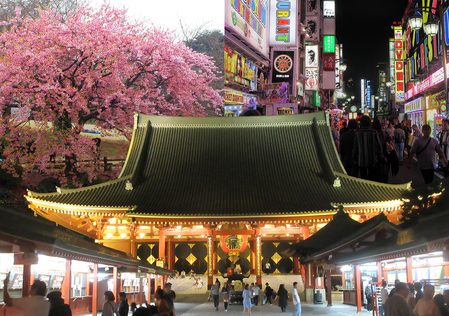
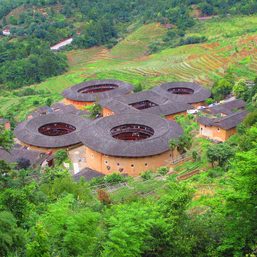
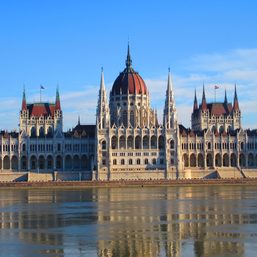
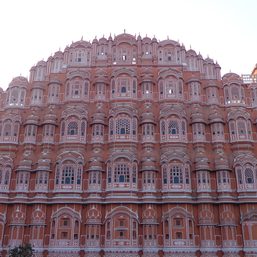
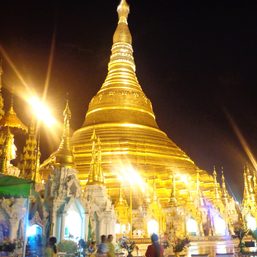
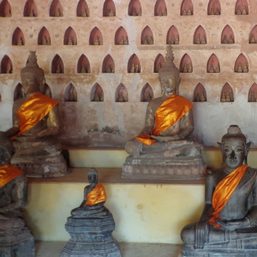
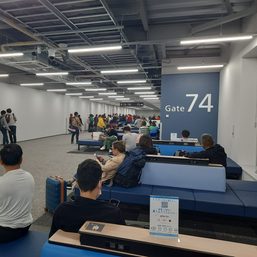

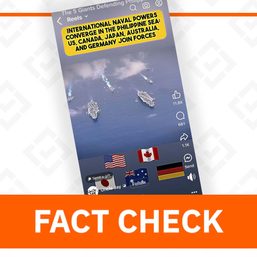
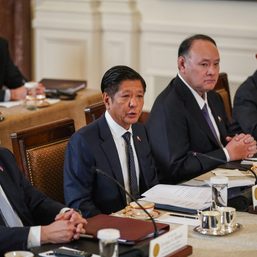

There are no comments yet. Add your comment to start the conversation.